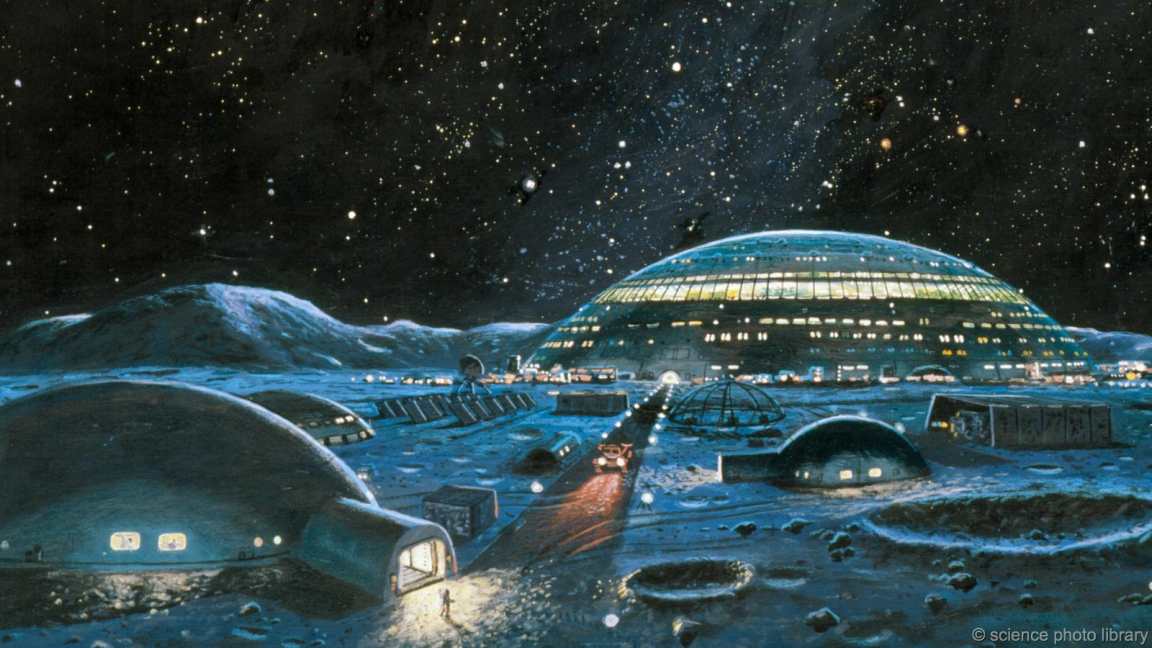
Diversity on the Moon
The European Space Agency (ESA) is planning to build a village on the moon. No, not a tiny research facility with a couple of sparse structures, but a full-on, habitable village with citizens from around the world, supported by robotic astronaut missions and support communication satellites.
The new Director General of the ESA, Professor Johann-Dietrich Woerner, has only been in his job for a week, but he has already produced a vision for the future of space exploration that is both ambitious and exciting. As a believer of international cooperation, Woerner sees the moon as a place to bridge Earthly problems, referring to America’s refusal to participate in the Chinese space program. He envisions the moon village to have astronauts, Russian cosmonauts, and Chinese taikonauts.

Expanding our Frontiers
Woerner suggests that there is a wide array of practical reasons for going back to the moon. “The far side of the moon is very interesting because we could have telescopes looking deep into the universe, we could do lunar science on the Moon and the international aspect is very special,” he says. Woerner is skeptical of NASA’s current plans of skipping moon exploration in interest of Mars, suggesting that the technology that is to be used on Mars is first tested on the moon. For example, NASA intends to use a giant 3D printer to construct a base on Mars, an ambitious move for such a far-off location. Woerner suggests using the moon, which is four days away, to test the technology before flying off six months away with no failsafe.
While NASA had similar ambitions to Woerner in the 1960s regarding moon exploration, the U.S. space agency seems to have lost interest in the endeavor. “We should look to the future beyond the International Space Station,” states Woerner. “If you think about an alien visiting the Earth and seeing what we are doing here, I’m not sure whether they would land.”

The World Out There
The moon village remains a proposal for now, but Woerner emphasizes that every dollar put into space research is well spent. “Experience shows that there is no wall between exploration and practical applications,” he explains. “Look at the greenhouse effect – everyone knows what it is and we use satellites to investigate it – but this was not discovered on Earth, it was discovered by an exploration mission to Venus.” This idea is just the start to open up discussion on the future of space research, exploration, and technology.
“In our genes there is something beyond just practical applications,” Woerner says. “We like to discover, to pioneer – this is humankind and this is what brings us into the future.”